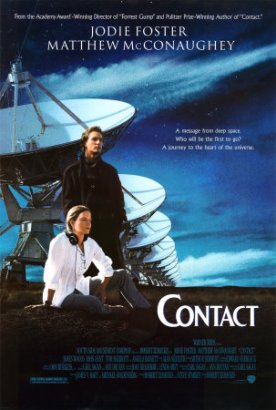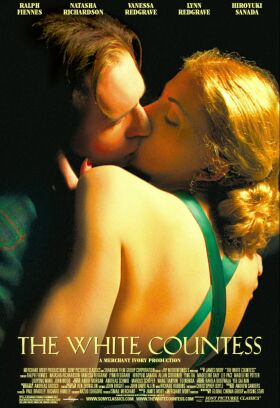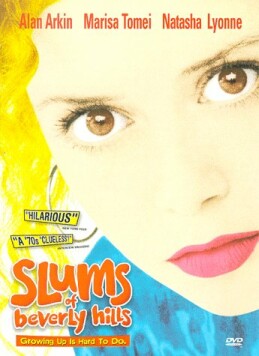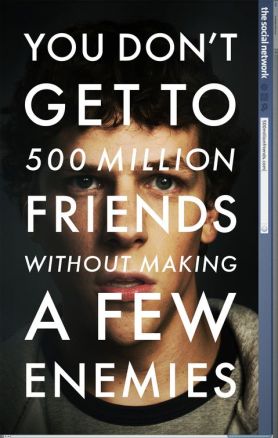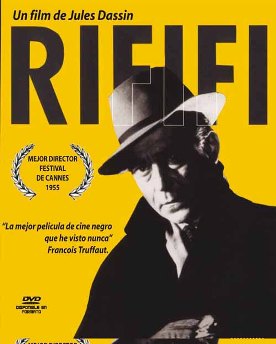Love’s a Bitch (Amores Perros)
The English version of the title of Amores Perros, written by Guillermo Arriaga and directed by Alejandro González Iñárritu, is given by its distributors as Love is a Bitch, though this seems to be something of an unhappy compromise, suggesting one of those assembly-line romantic comedies cranked out by Hollywood to exploit the fame of this week’s hot new TV star. The expression has also been so overworked that there scarcely survives any hint of dogginess in it, though literal dogs (not, however, bitches) provide a certain narrative continuity in a two and a half hour film that has three separate but interlinked stories to tell. The dogs are both the pampered canine companions of the rich and savage fighting dogs whose life and death struggles amuse young men in the poor barrios of Mexico City. On the whole, they come off a little better than the people, but it is a close-run thing.
Yet for all that there is really no one for us to like in this movie—or, as they say, “identify with”—it manages to elicit compassion for all of its deeply flawed and, in some cases, evil characters. This makes the film a triumph not only of movie-making but also of moral vision. It also has a Tarantinian sense of plotting and eye for cinematic detail—its three-part, temporally fractured structure clearly owes something to Pulp Fiction—but without Tarantino’s spiritual nihilism, which has latterly helped (I take it) to run his career onto the rocks. In short, it is hard to overstate how terrific this movie is. Its thrilling narrative sense sweeps you along, produces laughter and tears and the occasional thrill of horror along the way, keeps your mind busy piecing together the fragmented chronology of events and deposits you exhausted on the farther bank. I thought it was good when I saw it and much better than that the next day.
The three stories are linked by the theme of family estrangement—the “love” brought into question in the title is much more that of parents and children, or brothers, than it is that of man and woman. In one, two brothers living in the same household, Octavio (Gael García Bernal) and Ramiro (Marco Pérez) become deadly rivals for the affections of Susana (Vanessa Bauche), the wife of Ramiro. In the second, Daniel (Álvaro Guerrero), a well-to-do magazine editor leaves his wife and two small daughters for Valeria Maya (Goya Toledo), a glamorous model who is estranged from her own family and lavishes all her affection on her little lap dog. In the third, El Chivo (Emilio Echevarría), a man who long ago left his family to take up revolutionary politics finds that he can’t go back to them when he becomes disillusioned. He becomes a street scavenger and human derelict but also makes money secretly by assassinating people for hire.
The main characters pop up in all three vignettes, as rapid cross-cutting is used to suggest more completely told stories to come, or new dimensions to stories already told. The stories themselves are only tangentially linked, but they come together in the traffic accident with which the movie begins. At first, above the opening credits, we see only two men in a car fleeing from gun-wielding pursuers in a pickup truck through the crowded streets of Mexico City. One of them is trying to keep someone or something alive in the back-seat, though he can’t stop the bleeding. The car seems to lose its pursuers, and there is a moment of exultation, in spite of the injury, before the pickup truck reappears, closer than ever. The car runs a red-light and there is an almighty smash. Then we back up for the story of Ramiro and Octavio, who is the driver of the fleeing car.
Only later, in two subsequent re-takes of the accident, do we learn that the car run into was being driven by Valeria, the model of the second vignette, in whose life it proves to be the central event. Also later, we find that El Chivo, the disillusioned revolutionist, who had been picking up trash on the street and stalking his latest victim, witnessed the accident, robbed the unconscious driver before anyone else could get to the scene and also rescued the wounded party in the back seat, which turns out to be a fighting dog, shot by the disappointed owner of its latest victim. He nurses the dog back to health, and before long it has become one of the pack of dogs that follows him around the streets—until it precipitates a horrific incident that changes his life as completely as the accident changes the model’s.
If the accident is the only literal link holding the three stories together, however, we soon perceive the thematic link as love makes Ramiro and Octavio murderously disposed toward each other and Valeria and Daniel scarcely less so in the aftermath of the accident that ends her career and all its glamor—and the apparent loss of the little lapdog. Meanwhile even El Chivo’s life on the street, all passion spent, is shown to be incapable of excluding the pain of love for the daughter who rejects him. When he is hired by one of another set of brothers to kill his brother and business partner he finds a novel solution to the dilemma posed by his role in the Cain and Abel drama he is caught up in. Neither here nor anywhere else is there a happy ending, but there is a sterner sort of moral justice that one can imagine being as satisfying to the characters as it is to us.
Discover more from James Bowman
Subscribe to get the latest posts to your email.



